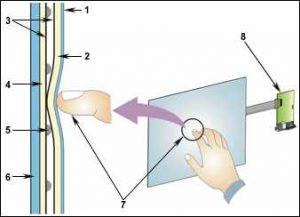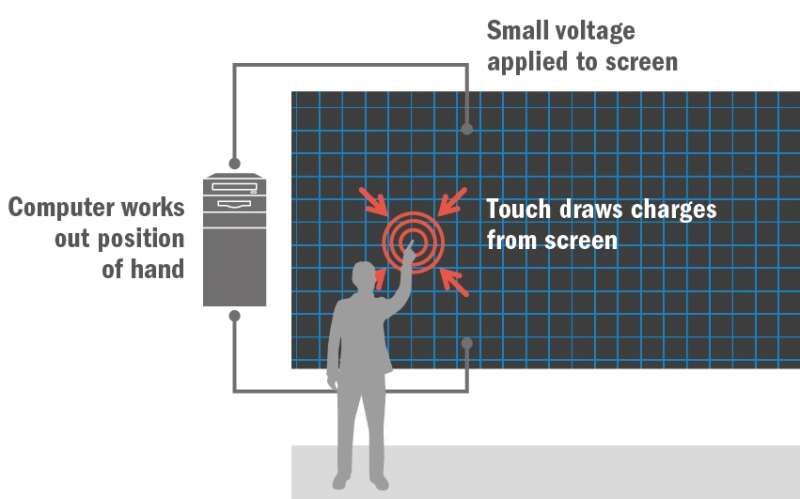Hello, again. Questions are back! Here are some more questions I pondered recently, and their answers are simplified as much as possible. I'm keeping it short this week. Let's get into it.
Why was Pluto disqualified as a planet?
I grew up learning there were nine planets in the solar system. The ninth planet Pluto was discovered in 1930. One year in Pluto lasts for 248 Earth-years; hence, it has not even made one complete orbit around the Sun since its discovery. Suddenly, it was all over the news that Pluto was no longer a planet. The International Astronomical Union (IAU) downgraded the status of Pluto to a dwarf planet on August 24, 2006. The reason was that it didn't satisfy the criteria of a full-sized planet defined by the IAU:
- It is in orbit around the Sun.
- It has sufficient mass to assume a hydrostatic equilibrium (a nearly round shape)
- It has cleared the neighborhood around its orbit.
To be specific, Pluto satisfies all criteria except one — "it has not cleared its neighboring region of other objects around its orbit." Pluto has not cleared its path along its orbit, which has astronomical bodies of comparable size, unlike the other eight planets. A planet is considered to have "cleared the neighborhood around its orbit" if it is gravitationally dominant, i.e., there are no bodies of comparable size other than its natural satellites or those otherwise under its gravitational influence in its vicinity in space.
Pluto has a lot of such bodies of comparable sizes in its orbit from the Kuiper Belt and intersects Neptune's orbit. The Kuiper Belt is a belt of asteroids and other objects beginning at the orbit of Neptune. It is the big brother of the Astroid Belt between Mars and Jupiter. The reclassification of Pluto essentially stemmed from the fact that the astronomers didn't have a definition of a planet until then. When they eventually came up with a definition, they realized that there are many similar objects to Pluto in shape, size, orbital environment, etc. So, they had to
- Make a definition that excludes Pluto and all the other similar objects
- Make a definition that includes Pluto, but also open up the possibility of at least another five and possibly another 5000 planets.
- Make an exception and allow Pluto to be a planet regardless of any definition.
They chose option 1.
How do touchscreens work?
We use touchscreens everywhere. There are many types of touchscreens under research, but we have been using Resistive and Capacitive touchscreens extensively. Here's how they work.
Resistive touchscreen
Resistive touchscreen work using a touch overlay with two resistive screens. These screens literally "resist" your touch; if you press hard enough, you can feel the screen bend slightly. The top layer is flexible, and the bottom layer is rigid. The insides of these layers are coated with a conductive coating that conducts electricity, and a grid of insulating dots separates these layers. When we touch, we push through the dots, making the conductive materials contact each other, thus completing an electrical circuit. Based on this, the underlying software calculates the position of the touch.

- Polyester Film
- Upper Resistive Circuit Layer
- Conductive ITO (Transparent Metal Coating)
- Lower Resistive Circuit Layer
- Insulating Dots
- Glass/Acrylic Substrate
- Touching the overlay surface causes the (2) Upper Resistive Circuit Layer to contact the (4) Lower Resistive Circuit Layer, producing a circuit switch from the activated area.
- The touchscreen controller gets the alternating voltages between the (7) two circuit layers and converts them into the digital X and Y coordinates of the activated area.
Resistive touchscreens are primitive and are used in commercial applications like ATMs, retail point-of-sale (POS), etc. As it is based on literally touching and completing an electrical circuit, a resistive touchscreen does not work for multitouch applications. We cannot use resistive for touch pinch-and-zoom-like features, which is where capacitive touch makes things easy.
Capacitive touchscreen
All the smartphones of today use capacitive touch. They enable more complex touch operations like swipe, pinch and zoom, etc. Unlike resistive touchscreens, capacitive touchscreens do not use the pressure of your finger to create a change in the flow of electricity. Instead, they work with anything that can hold and conduct an electric charge, including human skin. We are comprised of positive and negative charges, and the human body is a good conductor of electricity.
In capacitive touchscreens, a layer that stores electric charge is placed on the screen's glass panel. When users touch the screen with their finger, some of the charge is transferred to their finger. This charge is very negligible for the human body to get an electrical shock. This decrease in charge on the screen is measured by circuits at the corners of the screen. The computer calculates exactly where the touch event took place from the relative differences in charge at each corner and then relays that information to the touchscreen driver software. Thus, even multiple points of touch can be calculated, enabling multitouch functions. As it depends on a conductive medium, capacitive touchscreens don't work with gloves unless fitted with a conductive thread.

Why is there a pulse in our body?
The pulse rate is the measurement of the heart rate, the number of times your heart beats per minute. It is one of the vital signs of the human body. Taking the pulse measures the heart rate, heart rhythm, pulse strength, and whether the blood vessel feels hard or soft.
But how can we feel the heartbeat in the other parts of the body? That's because when your heart pumps, your arteries collapse and expand, which is your pulse. The spots where you can detect your pulse are the pulse points, and there are eight such spots.
- Temporal artery — On the temple in front of your ear,
- Carotid artery — On either side of your neck,
- Brachial artery — On your upper arm, near the elbow,
- Radial and ulnar arteries — On your wrist,
- Femoral artery — In the inner thigh,
- Popliteal artery — Above the knee, located by holding a bent knee,
- Dorsalis pedis artery — On top of the foot, and
- Posterior tibial artery — On the inside of the ankle.
What are some questions that kindled your curiosity recently? I'd love to know. Thanks for reading. Peace out!
References
- https://www.loc.gov/everyday-mysteries/astronomy/item/why-is-pluto-no-longer-a-planet
- https://solarsystem.nasa.gov/news/792/10-things-to-know-about-the-kuiper-belt/
- https://www.space.com/why-pluto-is-not-a-planet.html
- https://www.quora.com/Why-was-Pluto-reclassified-from-planet-to-dwarf-planet
- https://cp-techusa.com/whitepapers/touch-screens-in-industrial-computer-systems/
- https://computer.howstuffworks.com/question716.htm
- https://www.iop.org/explore-physics/physics-around-you/technology-our-lives/touchscreen#gref
- https://scienceline.org/2012/01/okay-but-how-do-touch-screens-actually-work/
- Why a sausage can do what your gloves cannot — Ted-Ed.
- https://www.pennmedicine.org/updates/blogs/heart-and-vascular-blog/2020/december/why-can-you-feel-your-pulse-in-your-stomach
- https://www.britannica.com/science/human-cardiovascular-system/Pulse



